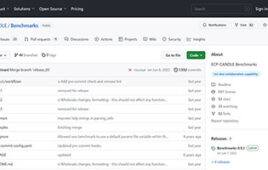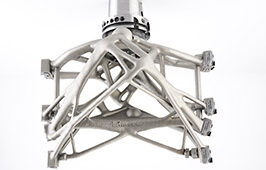 National Renewable Energy Laboratory (NREL)’s mitigation process permanently solves a longstanding industry-wide problem: the loss of thermal efficiency eventually experienced in solar receivers of all parabolic trough plants. The decreased efficiency due to hydrogen buildup can be substantial, leading to a commensurate loss of electrical output and a similar loss in power-plant revenue. At Acciona’s Nevada Solar One plant, this efficiency loss equates to several million dollars per year in lost revenue. So Acciona partnered in NREL’s 5-year R&D focus to solve this problem. Ultimately, Acciona had the confidence to install NREL’s hydrogen sensor/separator module, realizing a rapid payback on their investment. The innovation enables the further success of CSP (concentrated solar power) as an important renewable-energy technology. Furthermore, it applies to all parabolic trough plants — some 80 globally. Every plant is either experiencing — or will experience — significant thermal-efficiency loss due to hydrogen buildup in receivers. Thus, implementing NREL’s prevention/mitigation process could avoid an estimated 750 MW of lost generating capacity, preserving about a quarter-billion dollars each year in the process.
National Renewable Energy Laboratory (NREL)’s mitigation process permanently solves a longstanding industry-wide problem: the loss of thermal efficiency eventually experienced in solar receivers of all parabolic trough plants. The decreased efficiency due to hydrogen buildup can be substantial, leading to a commensurate loss of electrical output and a similar loss in power-plant revenue. At Acciona’s Nevada Solar One plant, this efficiency loss equates to several million dollars per year in lost revenue. So Acciona partnered in NREL’s 5-year R&D focus to solve this problem. Ultimately, Acciona had the confidence to install NREL’s hydrogen sensor/separator module, realizing a rapid payback on their investment. The innovation enables the further success of CSP (concentrated solar power) as an important renewable-energy technology. Furthermore, it applies to all parabolic trough plants — some 80 globally. Every plant is either experiencing — or will experience — significant thermal-efficiency loss due to hydrogen buildup in receivers. Thus, implementing NREL’s prevention/mitigation process could avoid an estimated 750 MW of lost generating capacity, preserving about a quarter-billion dollars each year in the process.





A fascinating discussion is definitely worth comment. There’s no
doubt that that you need to publish more on this subject, it
might not be a taboo matter but generally people don’t talk about such
subjects. To the next! Kind regards!!